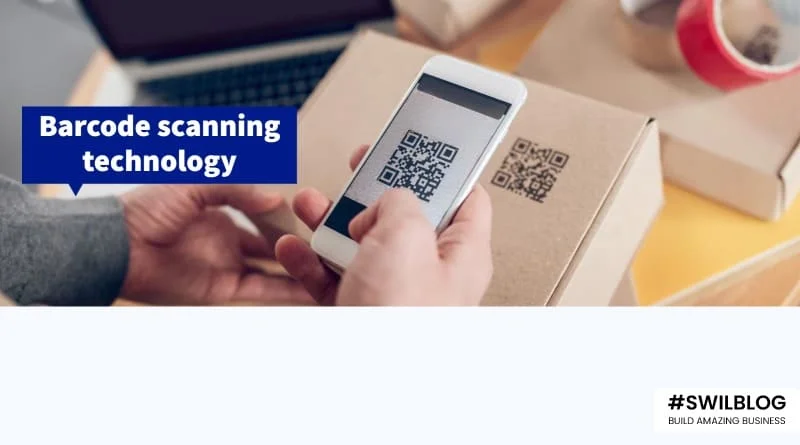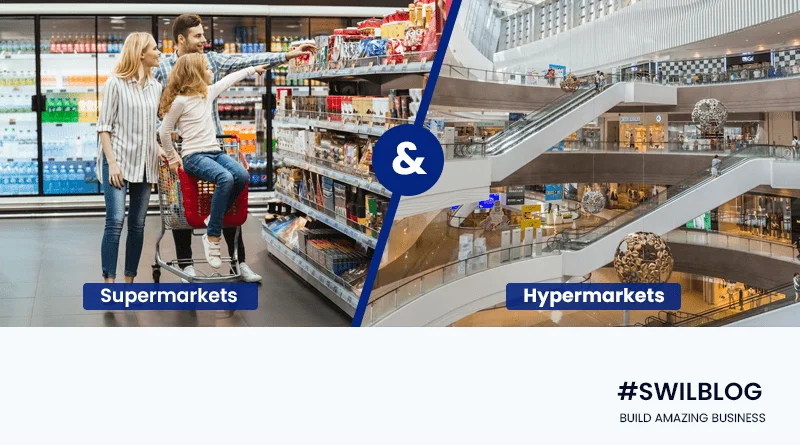Introduction
Small business owners are always looking for solutions that will help them manage their operations as profitably as possible while also
- Minimizing waste and
- Maintaining a satisfied clientele.
Implementing a barcode inventory tracking system is a potent way to increase the efficiency and effectiveness of your company. And this can help you get closer to all of these goals.
By reducing waste and increasing profitability, an efficient barcode system for small businesses can help you have better cash flow while spending less time maintaining your assets and doing administrative work.
Here is all the information you require regarding barcode systems for small businesses and how your company may use them.
Article Content-
- What are Barcodes?
- What are a few common uses for barcode scanners?
- How Does a Barcode Scanner Work For Business?
- Benefits of Barcode scanning technology
- How to ensure that barcode readings are accurate?
- Conclusion
What are Barcodes?
Barcodes are machine-readable codes that are visually represented by parallel lines and numbers. Machine-readable codes that appear visually as parallel lines and numbers are called barcodes. These symbols generate a special digital code when scanned by a barcode scanner’s laser beam.
To identify and differentiate products, barcodes are attached to and linked to them. Any database that requires the collection and storage of inventory data, including
- Point-of-sale (POS) systems,
- Warehouses, and
- Inventory management systems.
Over the past few years, there has been a significant increase in the use of barcode technology. Today’s broad adoption of barcode technology has resulted in reduced costs and a broader variety of options available to small and mid-sized businesses. Previously, this was a luxury only afforded to huge companies with equally large IT expenses.
What are a few common uses for barcode scanners?
- Retail point-of-sale systems
- Inventory management, and
- Asset performance management (APM) are among the most prominent uses for barcode readers (APM).
Barcode scanners are used in retail POS systems to read product data so that it can be added to the customer’s purchase total.
Barcode scanners are used in supply chain applications by inventory management systems to track products from the moment they are received into the warehouse until they are transported out.
All of these retail stores support businesses by maintaining accurate records of their inventory levels and ensuring that goods are offered when customers need them.
How Does a Barcode Scanner Work For Business?
It will assist in the invoicing process and be added to the computer’s data representation of this barcode. Every customer is accustomed to seeing cashiers holding handheld scanners in practically all organized retail stores. When a store staff scans a product’s barcode, the total of the customer’s order is added up fast. Nowadays, practically all stores have barcodes. They can be found in print advertisements as well as on courier packages. Quick Response (QR) codes are a more sophisticated type of barcode that can be scanned easily on mobile devices.
Benefits of Barcode scanning technology
The whole range of bar code applications can be useful for many warehouses. But you need to conduct the essential cost-benefit analyses to calculate your return on investment (ROI).
1. Fast and accurate data collection
It reduces paperwork and the possibility of mistakes. Eliminating manual, time-consuming administrative tasks should be your goal. Bar code data capture and positive transaction confirmation will greatly
- Reduce receiving,
- Stockpiling,
- Restocking,
- Picking,
- Inventory control, and other
- Manual data entry errors.
2. Reduced labor expenses
The elimination of paperwork due to office hours will result in some savings. For instance, the manual work required to
- Write transactions,
- Control them, and
- Entering them into the warehouse system is reduced by the transfer or replenishment transactions.
3. Updated information
Not all barcode systems or functions must be online, it should be mentioned. However, information is much more readily accessible through online or quick periodic batch updates for
- Scanning,
- Updating, and
- Tracking functions for both inventory functions and other apps utilizing its input.
Examples include
- Reports on product receipts
- The recording of labor hours per task,
- Cycle counting that can reveal warehouse backorders, etc.
But always remember that to support these functions, you need information systems.
4. Measuring productivity
Productivity will rise with fast and accurate data capture capabilities for monitoring individual and department function performance and reporting individual outcomes.
5. Reduced training period
Barcode streamlines and clearly outlines processes, practice guidelines, and more significantly, your company’s warehouse SOPs, making warehouse processes easier to teach to new employees. Barcoding adoption necessitates standardization and procedural discipline, both of which are very beneficial.
6. Better decision-making
To effectively utilize your inventory and financial resources, this results in the most accurate and current data collection you can obtain. You won’t be dependent on particular managers to gather data using their agendas and methods. You can set up processes for standardizing how managers of warehouse departments plan and handle their tasks.
7. A tried-and-true technology, barcodes are used everywhere
The barcode’s continuous use in business has two advantages. First of all, barcode scanning has had enough time to establish itself as a reliable method of business identification. Second, there are various low-cost methods for any business to benefit from a barcode scanning system because these tiny striped squares have become so widely used in today’s culture.
How to ensure that barcode readings are accurate?
There are several methods to ensure precise barcode reading:
- Keep barcodes neat and clear of dust.
- Make sure barcodes are printed in good resolution and with clarity.
- Make sure the barcodes you use are the ideal shape for the scanner you’re using.
- Use labels or tags with high-quality barcodes.
Barcode readers are a useful and crucial tool for businesses of all sizes.
Barcode scanners have several benefits that can help businesses raise their bottom line, including enhanced productivity and accuracy.
Barcode scanners have some drawbacks, but properly labeling and designing tags can reduce these drawbacks. Barcode scanners are a useful tool for businesses and organizations that need to maintain and track inventory and retail products.
Conclusion
Barcodes are a quick, efficient way to store information. Several methods can be used to
- Edit,
- Store, or
- Track that data to keep online businesses structured and effective.
They have demonstrated over many years of use that they are reliable and affordable, and their popularity doesn’t appear to be declining. It’s difficult to find something wrong with this technology when you can set up a barcode system in a few hours for almost nothing. Barcodes are a must for any company that wants to operate efficiently, accurately, and systematically. Thanks for reading!








